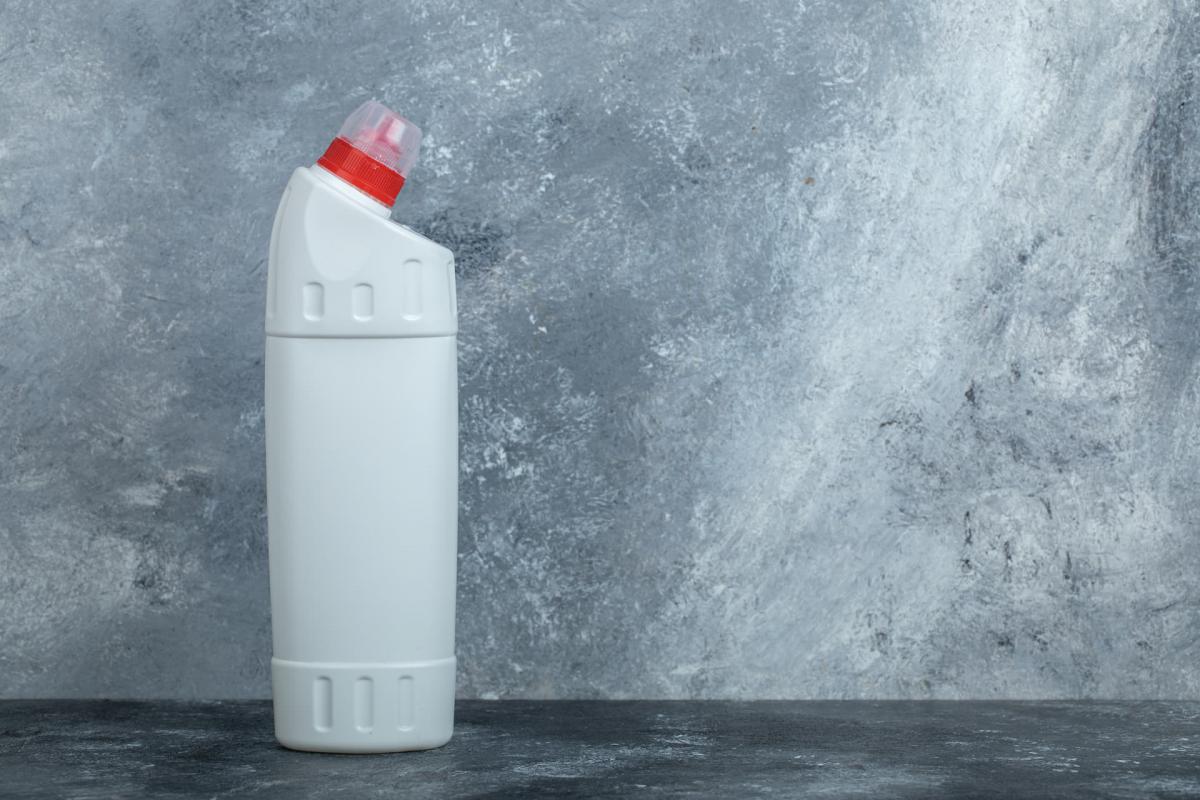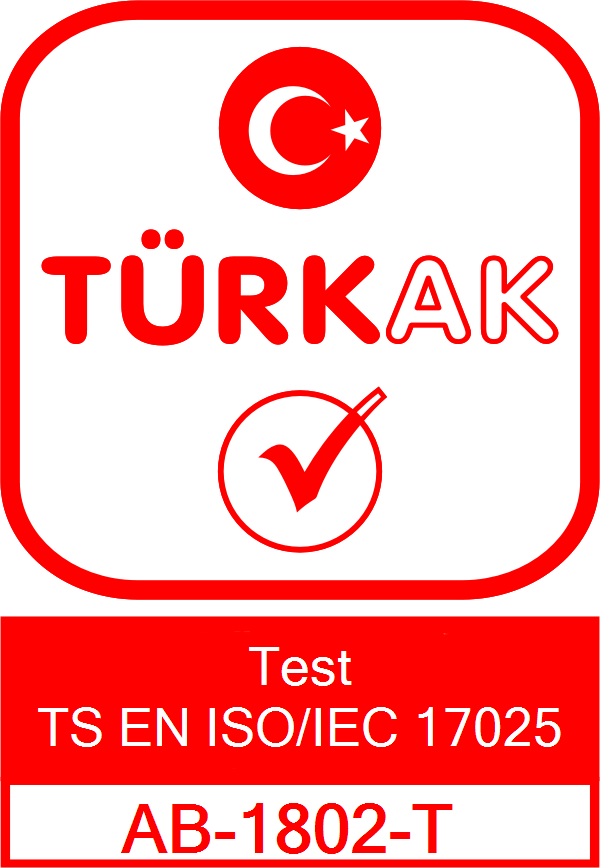
Child-Resistant Closure Testing: Which Standards Apply Under CE and SEA?
Child-Resistant Closure Testing: Which Standards Apply Under CE and SEA?
Contents
Child-resistant packaging is not just a precaution—it’s a legal requirement. Especially in products like cleaners, pharmaceuticals, and cosmetics, child-resistant caps can prevent accidents and ensure compliance. But how do we determine whether a cap is truly safe? The answer lies in internationally recognized CE standards and SEA regulations. Let's explore what they are and how they’re tested.
What is a Child-Resistant Cap?
Child-resistant closures are packaging systems designed to prevent children under 5 from opening hazardous products. These caps often require specific actions such as press-and-turn or squeeze-and-pull, which are difficult for children to execute.
Which Products Require It?
- Household cleaning products
- Medicines and pharmaceuticals
- Cosmetic products (e.g., nail polish removers)
- Agrochemicals and industrial chemicals
CE and SEA Standards for Child Safety
CE Standards
The CE mark shows that a product complies with the EU’s safety and environmental requirements. For child-resistant packaging, the following are key test standards:
- ISO 8317: Reclosable packaging for children’s resistance
- EN 14375: Non-reclosable packaging requirements
SEA Standards
The SEA (Classification, Labelling and Packaging) regulation in Turkey mandates child-resistant closures for products containing hazardous chemicals. If your product bears a SEA-compliant label, its packaging must also meet strict safety criteria.
How Is the Testing Performed?
| Phase | Description |
|---|---|
| 1. Physical Durability | Drop, crush, and torque tests are applied to the packaging. |
| 2. Child Panel Test | Children aged 4–5 are given the cap to assess if they can open it. |
| 3. Adult Usability Test | Adults should be able to open the cap easily and consistently. |
| 4. Chemical Compatibility | Seal integrity and material reaction are evaluated based on the contents. |
Secure Your Products with TTS Laboratory
Need expert laboratory services for child-resistant packaging? TTS Laboratory offers full CE and SEA testing with internationally accredited methods.
- ISO 8317 and EN 14375 certified tests
- SEA-compliant labeling evaluation
- Durability, leakage, and compliance checks
- Consulting and documentation support
Safety is Non-Negotiable
For products containing hazardous substances, a child-resistant cap is a must. Beyond design, it must pass rigorous testing. Trust laboratory services from TTS Laboratory to ensure compliance, safety, and consumer confidence.
Frequently Asked Questions
Is child-resistant packaging mandatory?
Yes, for hazardous products under SEA and for CE-marked goods sold in the EU.
What’s the difference between CE and SEA?
CE ensures overall product safety. SEA focuses on classification, labeling, and packaging of chemicals.
How long does the test take?
Depending on the packaging type, between 1 to 3 weeks.
What tests does TTS Laboratory provide?
Child/adult panel tests, seal integrity, labeling compliance, and CE/SEA documentation support.

